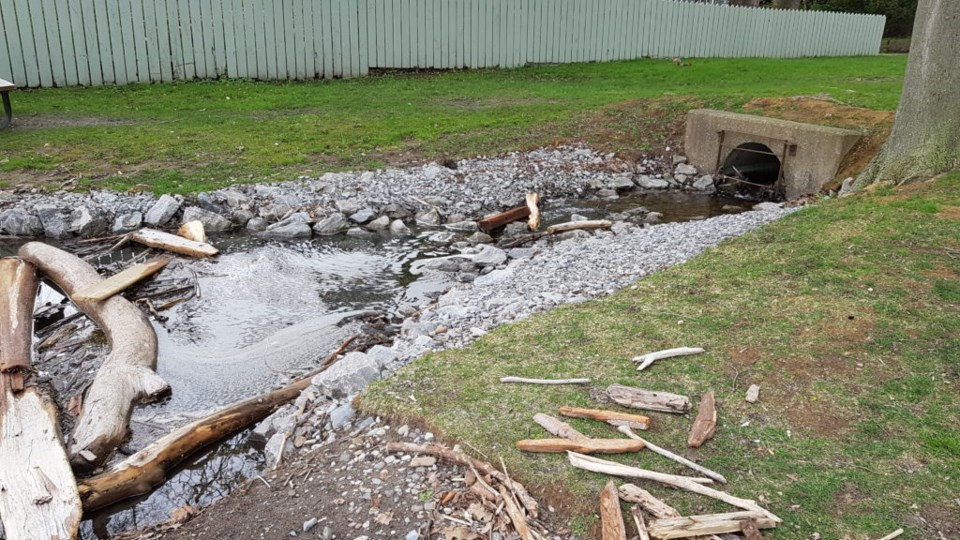
The Town has known for almost two years it has an E. coli problem in some of its aging sewers, and has begun the repair work to fix them.
A report released publicly as part of last week’s committee of the whole agenda says remediation is necessary to reduce E. coli, present in levels greater than provincial standards, from getting into the King Street storm sewer and discharging into the water at Queen’s Royal Beach.
“The issue has been identified, and it’s being dealt with,” said Lord Mayor Betty Disero. “We’re doing everything we can to mitigate any issues that have been found.”
As a result, there is concern about what could be “prolonged closures” of Queen’s Royal Beach as a recreational area, and also about the impact of the sewage discharge on the Niagara River.
The issue was brought to the previous council in a closed session July 17, 2017, during “the preliminary stages of identifying the possible sources,” the report said. “However, the investigation has progressed significantly and at this time it is necessary to update council with an in-depth look at the investigation, recommendations and action plan to move forward with the project.”
It also states King Street is not the only area with a problem with high E. coli levels — the discharge at Two Mile Creek has similar levels exceeding provincial regulations.
Since May 2018, the GM BluePlan Engineering group, hired by the Town to lead the investigation of how E. coli is getting into the storm system, has been meeting with the Town, the Region, and federal and provincial agencies to discuss updates on the situation.
If the Town is not actively working on a solution, the Province will order the Town to close the Queen’s Royal Beach, said the report.
“We’re working with all appropriate agencies, to ensure whatever work needs to be done is being done in a timely fashion,” said Disero.
The investigation determined the source of the bacteria is cross-connections between storm and sanitary sewer infrastructure — meaning sanitary flow from homes and businesses is entering storm sewers and flowing into water downstream.
Testing showed several areas where aging infrastructure, with areas of the sewer system in poor condition, has led to cross-contamination on both town and private properties.
While most of the E. coli was from human waste, there was also evidence of contamination from raccoons and horses, the report said.
The Town has already spent $372,404 on the investigation, and further testing and remediation is expected to cost nearly $500,000, to come from the sanitary and storm operating budgets. The Town will also look for grant opportunities to help cover the work.
The report lays out a list of remediation projects to tackle, including the pipes from the Simcoe Park wading pool.
“We’ve already started, and we’ll continue to work throughout the list and get it done as quickly as possible,” said Disero. “We can’t put an exact time on it — some of the work involves private property.”
There will be grants available of up to $1,500 for home owners whose sewer connections are contributing to the problem.
The work on the wading pool is expected to be completed in time for it to open on schedule, said Disero.